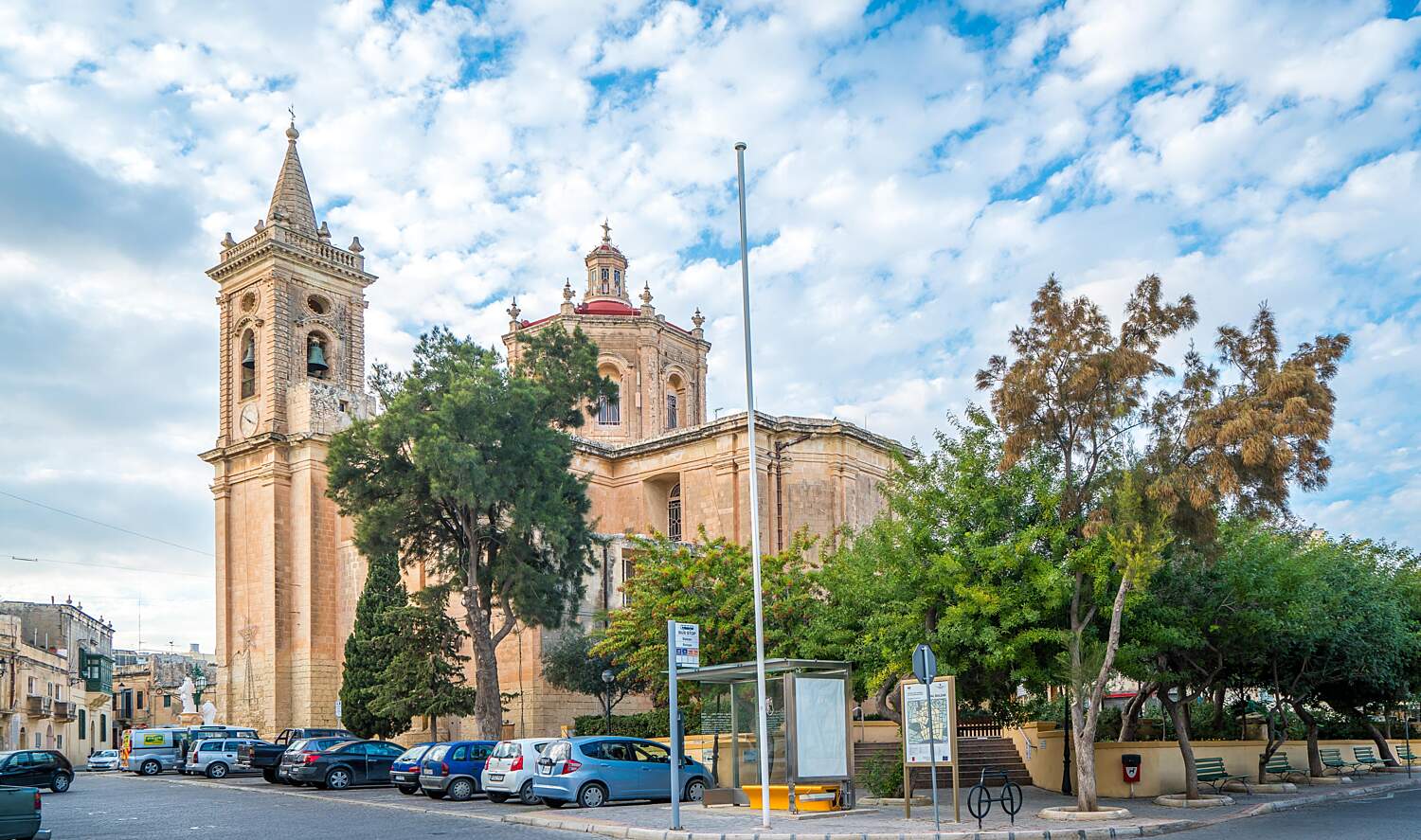The latest Central Bank of Malta (CBM) quarterly review, covering the second quarter of the year, confirms what is being deeply felt on the ground: Malta’s economic wheel is indeed turning, but the economy, and all its moving parts, are being stretched thin.
Indeed, the CBM noted that the ‘potential output’ of the nation grew at a marginally faster pace than the first quarter of the year, and stood at 5.1 per cent in the following quarter. Potential output looks at an organisation or country’s full capacity, that is the maximum amount of goods and services an economy can turn out when it is most efficient.
Providing an estimate of the country’s output gap, an economic measure of the difference between the actual output of an economy and its potential output, the CBM noted that it “remained positive and widened, indicating an increase in the degree of over-utilisation of the economy’s productive capacity”.
“This reflects a strong recovery in activity in the context of labour shortages and supply bottlenecks,” the CBM further noted.
When describing the output gap as ‘positive,’ here, the CBM is essentially saying that demand is high, and to meet that demand, organisations and factories are operating above their most efficient capacity. On the micro level, as multiple sectors continue to complain of staffing shortages, this results in a situation where existing talent are stretched to meet the demand of the business until HR needs are met internally.
A positive and wide output gap suggests that Malta’s economy is running at an inefficient rate with its resources being overworked. A positive gap also lends itself to higher inflation and lower unemployment, as can be observed currently in real time due to global circumstances.
Malta’s unemployment rate for Q2 2022 stood at the historically low figure of 2.9 per cent, while annual year-on-year inflation for June 2022 stood at 6.1 per cent, above the 4.5 per cent recorded in March.
And, while central banks around the world raise interest rates, increasing the ‘cost’ of money with the hopes of cooling down economic activity, thereby reducing demand to allow supply to catch up, in the hopes to battle inflation, on the other side of the coin there are real concerns that such efforts will herald in a worldwide recession.
In Malta, however, where Government is shielding consumers from increases in fuel and electricity, and where local banks have themselves stated that for the time being they do not foresee an increase of interest rates locally, and that any future increases would be carefully managed, it appears as though only two elements will bring down inflation:
An increase of workers, both skilled and non-skilled, in the workforce to prevent upwards wage pressures and the price of freight and container transport coming down.
With the country’s residents being shielded from policy tools that reduce demand, and while it remains vulnerable to international prices of so many goods, the country remains in a unique position.
For a fuller picture of the Central Bank’s review of Q2 2022, click here.
Two years since its birth, Moneybase features on Microsoft’s Customer Stories
Moneybase has now just been featured on Microsoft’s latest Customer Stories
Finance Minister confirms continuity of food and energy subsidies
Spending on food and energy subsidies as a percentage of the GDP will be at 0.7% in 2025
MHRA congratulates Glenn Micallef on EU role, highlights positive impact on Malta’s tourism and cultural sectors
The lobby group emphasised that Malta’s cultural assets and sports scene are key factors in attracting visitors and fostering economic ...






